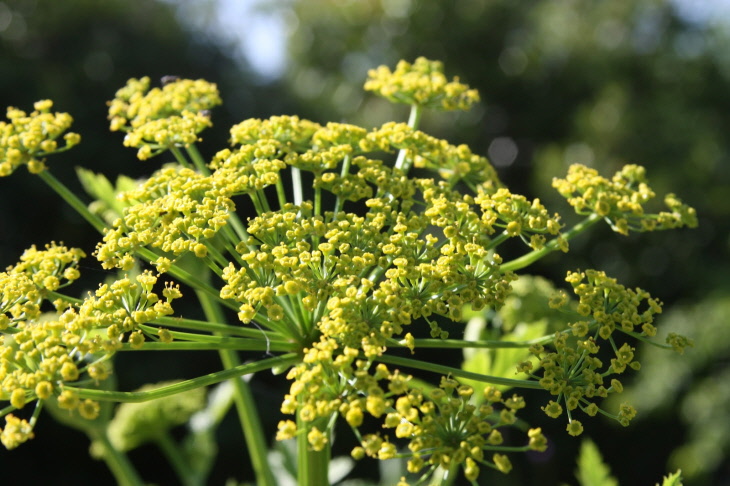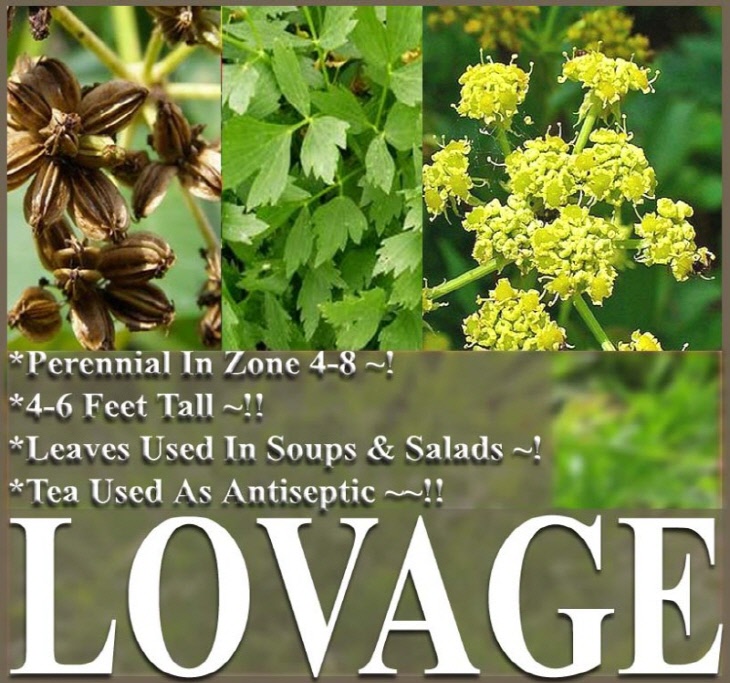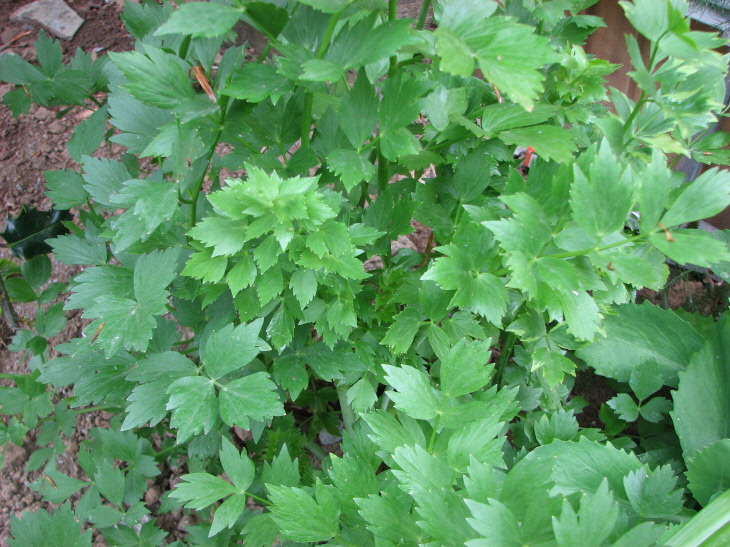로베지 Lovage - 소화불량, 비뇨기 완화, 거담제 - 사람 키만큼 성장
페이지 정보
작성자pistory 댓글 0건 조회 2,099회 작성일 14-03-18 22:34본문
Medicinal Action and Uses---Formerly Lovage was used for a variety of culinary purposes, but now its use is restricted almost wholly to confectionery, the young stems being treated like those of Angelica, to which, however, it is inferior, as its stems are not so stout nor so succulent.
The leafstalks and stem bases were formerly blanched like celery, but as a vegetable it has fallen into disuse.
A herbal tea is made of the leaves, when previously dried, the decoction having a very agreeable odour.
Lovage was much used as a drug plant in the fourteenth century, its medicinal reputation probably being greatly founded on its pleasing aromatic odour. It was never an official remedy, nor were any extravagant claims made, as with Angelica, for its efficacy in numberless complaints.
The roots and fruit are aromatic and stimulant, and have diuretic and carminative action. In herbal medicine they are used in disorders of the stomach and feverish attacks, especially for cases of colic and flatulence in children, its qualities being similar to those of Angelica in expelling flatulence, exciting perspiration and opening obstructions. The leaves eaten as salad, or infused dry as a tea, used to be accounted a good emmenagogue.
An infusion of the root was recommended by old writers for gravel, jaundice and urinary troubles, and the cordial, sudorific nature of the roots and seeds caused their use to be extolled in 'pestilential disorders.' In the opinion of Culpepper, the working of the seeds was more powerful than that of the root; he tells us that an infusion 'being dropped into the eyes taketh away their redness or dimness.... It is highly recommended to drink the decoction of the herb for agues.... The distilled water is good for quinsy if the mouth and throat be gargled and washed therewith.... The decoction drunk three or four times a day is effectual in pleurisy.... The leaves bruised and fried with a little hog's lard and laid hot to any blotch or boil will quickly break it.'
Several species of this umbelliferous genus are employed as domestic medicines. The root of LIGUSTICUM SINENSE, under the name of KAO-PÂU, is largely used by the Chinese, and in the north-western United States the large, aromatic roots of LIGUSTICUM FILICINUM (OSHA COLORADO COUGH-ROOT) are used to a considerable extent as stimulating expectorants.
The old-fashioned cordial, 'Lovage,' now not much in vogue, though still occasionally to be found in public-houses, is brewed not only from the Garden Lovage, Ligusticum levisticum, but mainly from a species of Milfoil or Yarrow, Achillea ligustica, and from Tansy, Tanacetum vulgare, and probably owes its merit more to these herbs than to Lovage itself. From its use in this cordial, Milfoil has often been mistakenly called Lovage, though it is in no way related to the Umbellifer family.
Several other plants have been termed Lovage besides the true Lovage, and this has frequently caused confusion. Thus we have the SCOTCH LOVAGE, known also as Sea Lovage, or Scotch Parsley, and botanically as Ligusticum scoticum; the BLACK LOVAGE, or Alexanders, Smyrnium Olusatrum; BASTARD LOVAGE, a species of the allied genus, Laserpitum, and WATER LOVAGE, a species of the genus Cenanthe.
Laserpitum may be distinguished from its allies by the fruit having eight prominent, wing-like appendages. The species are perennial herbs, chiefly found in south-eastern Europe. Some of them are employed as domestic remedies, on account of their aroma.


The scent of the root of MEUM ATHAMANTICUM (Jacq.), SPIGNEL (also called Spikenel or Spiknel), MEU or BALD-MONEY, has much in common with that of both Lovage and Angelica, and the root has been eaten by the Scotch Highlanders as a vegetable. It is a perennial, smooth and very aromatic herb. The elongated root is crowned with fibres, the leaves, mostly springing from the root, are divided into leaflets which are further cut into numerous thread-like segments, which gives them a feathery appearance. The stem is about 6 or 8 inches high, and bears umbels of white or purplish flowers. The aromatic flavour of the leaves is somewhat like Melilot, and is communicated to milk and butter when cows feed on the herbage in the spring. The peculiar name of this plant, 'Baldmoney,' is said to be a corruption of Balder, the Apollo of the northern nations, to whom the plant was dedicated.

- 이전글아니스 Anise - 소화불량, 기침두통 진정, 향신로 달콤한향 14.03.18
- 다음글Gourd 조롱박 - 노약자 임산부 위한 영양소풍부, 콜레스테롤 분해, 기름기분해, 다이어트 효과 14.03.18
댓글목록
등록된 댓글이 없습니다.


